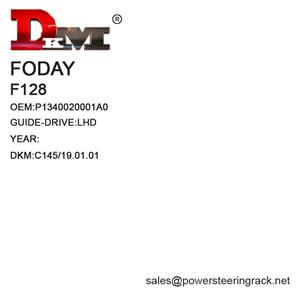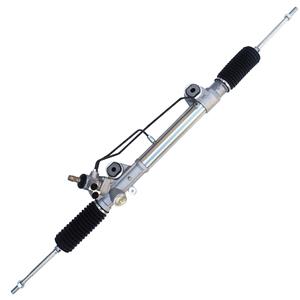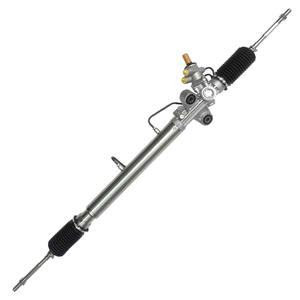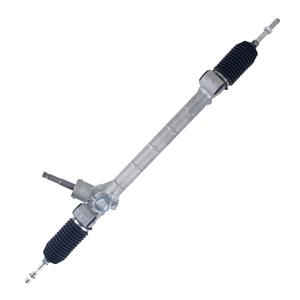-
In response to the question of "Can you replace only the rack without replacing the pinion?", the answer is usually no. This is not only because the two are closely connected in mechanical structure, but more importantly, replacing the rack or pinion alone may cause a series of problems, affecting the overall performance and safety of the steering system.
-
If your vehicle is equipped with a hydraulic power steering system, first check the level of the steering hydraulic fluid. If the level is too low, there may be an oil leak, which is usually one of the signs of a damaged steering rack gear.
-
Power steering leak stopper is a common commercial product that usually fills the leak point by adding a chemical to the power steering fluid, especially the aging or cracks of the seal. Leak-stopping agents work by forming a hardened film of chemicals at the leak point through contact with air or temperature, sealing the leaking fluid and slowing or stopping the leak.
-
In 1965, Ford introduced the Ford Mustang, which became the first mass-produced American model to widely adopt rack-and-pinion steering. The launch of the Ford Mustang marked an important step for American automakers in steering technology and also represented the increasing demand for better handling in the U.S. market.
-
2701-2025
2025 West Africa Automotive Show
From May 13 to 15, 2025, Lagos, West Africa - Foshan Diamond Auto Parts Co., Ltd. (DKM) will participate in the highly anticipated West Africa Automotive Show (WAAS) and sincerely invites new and old customers to visit the booth to discuss cooperation. This grand event will be held at the Landmark Centre in Lagos, Nigeria.
-
2101-2025
2025 Automechanika Dubai
Exhibition information: ● Exhibition name: Automechanika Dubai 2025 ● Exhibition date: December 9 to 11, 2025 ● Exhibition location: Dubai World Trade Centre, UAE
-
The exhibition will be held at the International Exhibition Center EXPO in Astana, the capital of Kazakhstan, from April 15 to 17, 2025. We sincerely invite all customers and partners to visit our booth and look forward to discussing industry trends with you, showcasing our latest products and technologies, and deepening our cooperative relationship.
-
If the power steering pump fails or its performance deteriorates, the pressure of the hydraulic oil cannot be effectively transmitted to the rack and pinion, and the driver will feel that the steering wheel becomes abnormally heavy, especially at low speed or parking.
-
When bushings are worn or aged, many car owners will consider whether they can replace the bushings alone without replacing the entire rack and pinion. This approach is feasible in some cases, especially when the rack and pinion itself is not obviously worn or damaged.
-
The steering systems of midsize sedans and SUVs are more complex, and the weight of the rack and pinion steering system may increase slightly. Generally speaking, the steering system weight of such vehicles is about 5 to 7 kilograms.




